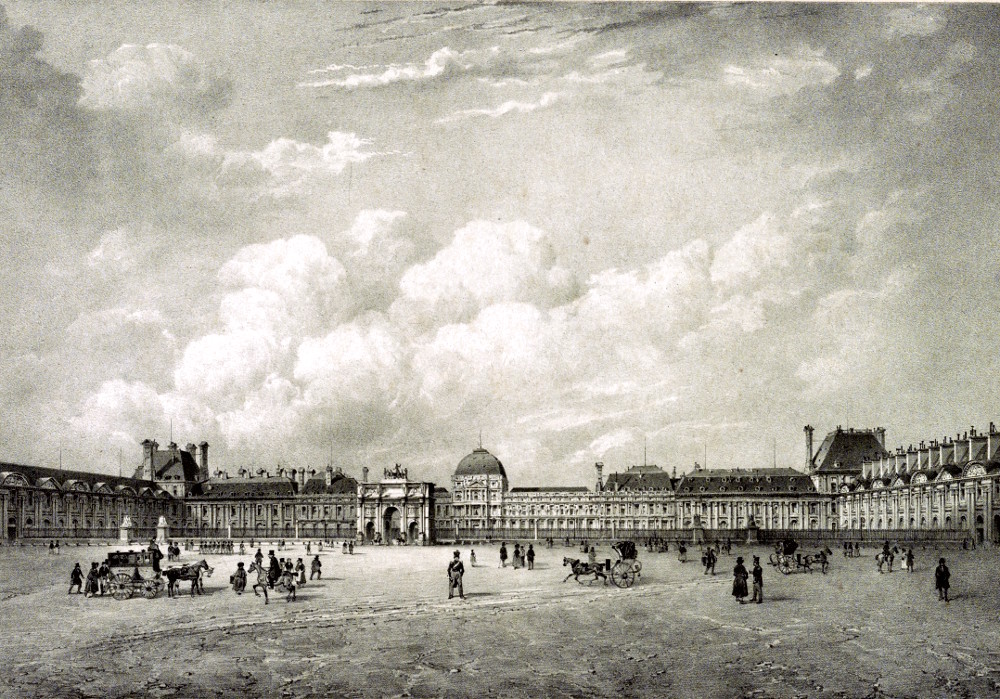
After tracking Mercedes through the streets of old Havana, I thought that Paris would be a relatively easy task. After all, Paris is so well known, so well documented and so well loved. Its famous sights are endless: the grand boulevards, the Tuileries Gardens, the Louvre and Notre Dame. I even had exact addresses, the names of relevant churches, theaters and other important places.
So, just a wonderful excuse to stroll the streets of Paris and enjoy stepping into Mercedes’ world, right? Well, as with everything to do with Mercedes, nothing is ever straightforward. Certain unmistakably Parisian landmarks did indeed exist in her day such as the Louvre, Notre Dame and the Tuileries Gardens. But in many respects, Mercedes’ Paris was as different from today’s city as were her Havana and Madrid. The reason lies with the year of her death: 1852. One year later, in 1853, Napoleon III called on Baron Haussmann to undertake a radical change to the medieval fabric of Paris.

My husband helped me along in my research with a gorgeous book featuring the nineteenth-century photos of Charles Marville (Paris Avant/Après 19e siècle – 21e siècle). Marville had been commissioned to record Paris avant the grand work, and viewing his images alongside some modern-day ones (après), you can see how the old, twisted and narrow streets were transformed into today’s straight, wide arteries and plazas. In the process, buildings were demolished in order to achieve the effect.
Haussmann’s efforts dramatically altered much of Mercedes’ world – her earliest known home, 1 Rue Chauchat (today in the 9th arrondissement), for example, disappeared completely. The street itself survives (intersecting, appropriately, Rue Rossini) but Mercedes’ former address would now be found in the middle of Boulevard Haussmann.
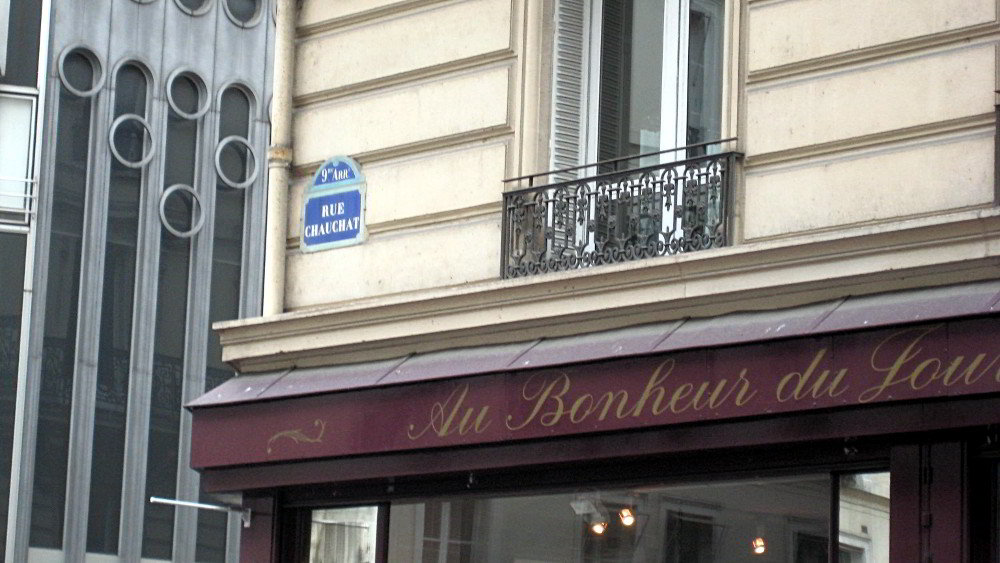
For most of her Parisian life, Mercedes lived on the Rue de Bondy (numbers 40 and 58), near the Porte Saint-Martin. Today, one sees the vast Place de la Republique and the nearby Boulevard de Magenta. Neither of these existed in Mercedes’ time and Rue de Bondy was a much more elegant address than one might imagine now – Mercedes’ salon was associated with the Chaussée d’Antin, one of the elegant quartiers comprising fashionable Parisian society in the 1830s and 1840s.
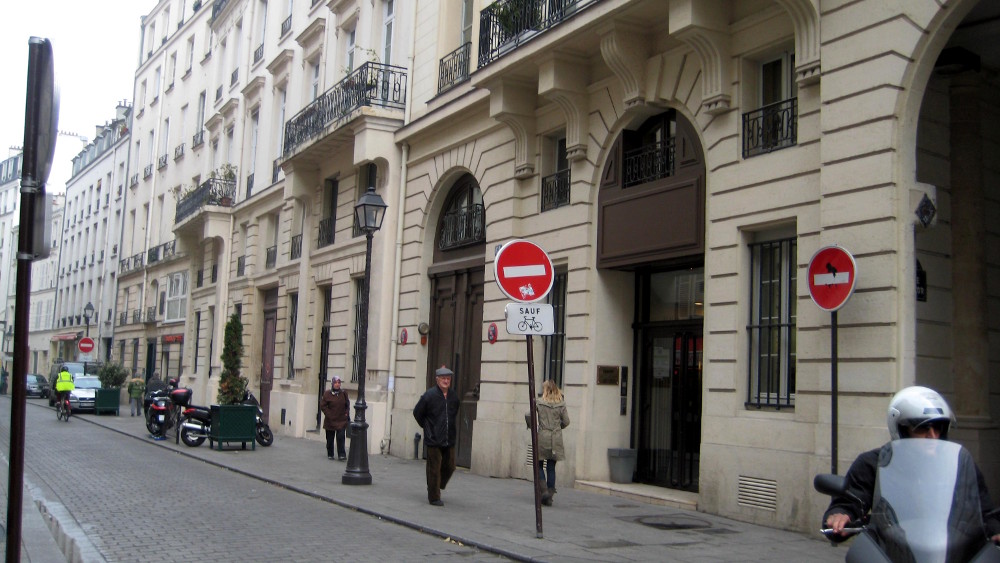
Her first home on 40 Rue de Bondy, later housed the Théâtre des Folies-Dramatiques and is now a rather sad modern building while number 58 was demolished, making way for Rue Taylor in 1880. I can’t quite decide if it is appropriate or ironic that this hôtel particulier, the site of many exquisite musical evenings and decorated with her renowned Spanish art collection, should have made way for a street named for her former neighbor, Baron Taylor, who created the Musée Espagnol by royal command. That gentleman travelled far and wide in Spain buying up all the great art he could find and Taylor was also involved in the arts and philanthropy. The tiny street cuts through the old porte-cochère of the Lariboisière hôtel (named for the owners, Mercedes’ friends and co-residents, the Comte and Comtesse de Lariboisière) and across was once the popular Théâtre Ambigu.
Oh – and if you wish to find the Rue de Bondy (now in the 10th arrondissement), you will need to ask for Rue René Boulanger. Even the name is gone.
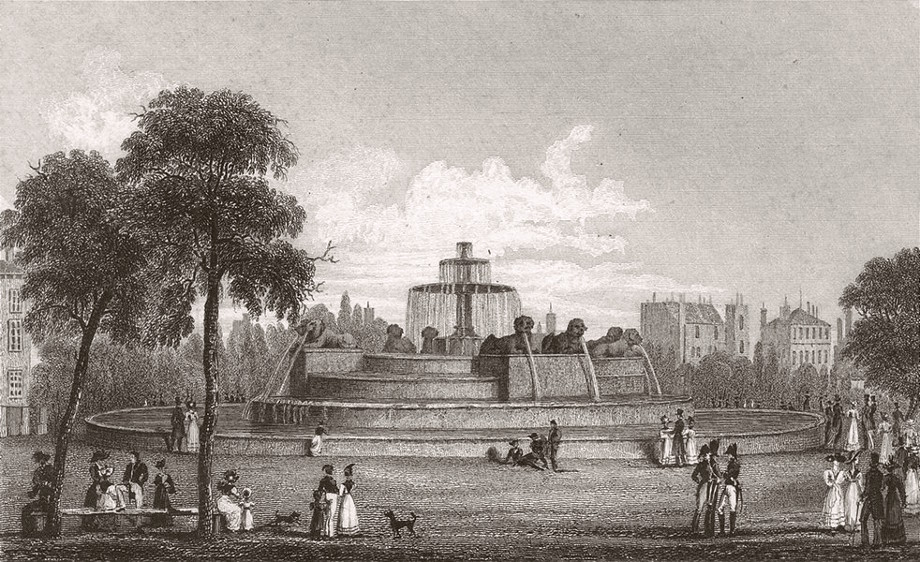
Gone too are the various theatres which housed the Italian and French Opera companies, the heart of many of Mercedes evenings and where once the artists who frequented Mercedes salon performed. Mercedes never saw the Palais Garnier on the Place de l’Opéra – that’s another legacy of Napoleon III. The Tuileries Palace, the principal Parisian home of the Royal and Imperial monarchs from Henry IV through Napoleon III – burned down in 1871 in the uprisings after the French defeat in the Franco-Prussian War and the fall of the Second Empire. But the gardens remain.
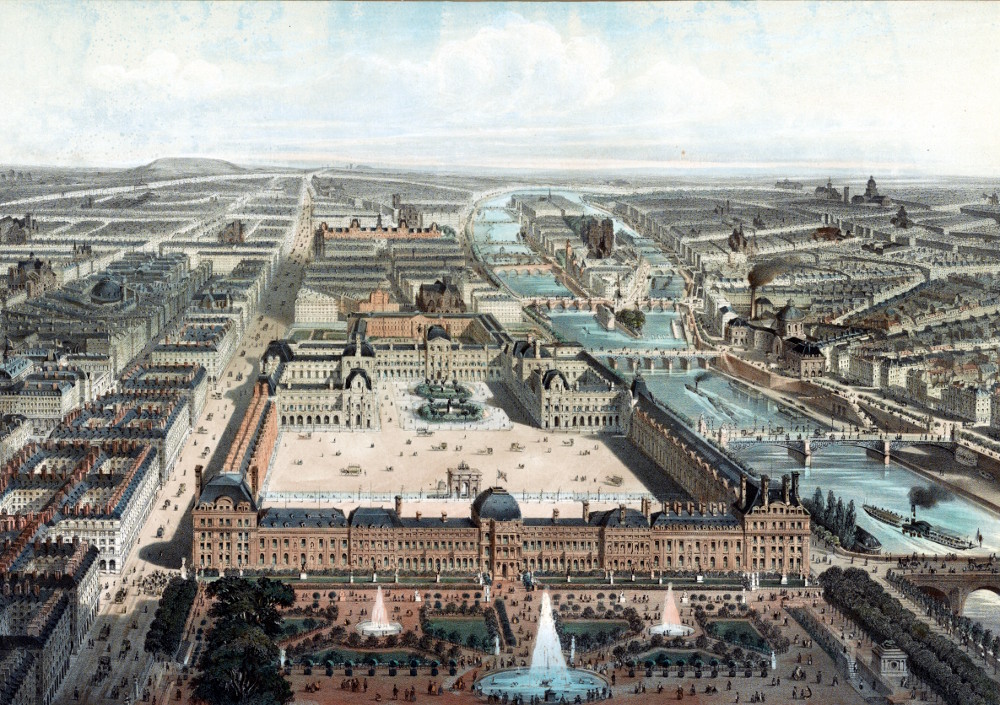
Finding and understanding these changes required some detective work, but here Paris’ eternal fame proved a blessing. There are endless studies and books recounting the historic framework of Paris, one of the best I found to be Paris à Travers des Siècles published in 1880, as well as the contemporary guides of the day, especially Galignani’s New Paris Guide. Written as a practical guide for the short or long-term visitor, Galignani’s provided all sorts of useful information for the English-speaking traveler. I could learn everything from the cost of hiring a carriage (and where to do so), the rate of exchange, fashionable dressmakers and fencing masters. Overall, it provided a wonderful snapshot of daily Parisian life. The Bibliothèque Historique de la Ville de Paris and the Paris Archives also yielded digitized images and maps which even included floor plans in some cases. Other books explained the layout of a typical hôtel particulier such as Mercedes had inhabited. Inventories taken at the time of her husband’s death (as well as her own) revealed wonderful details for every single room – the grand reception rooms overlooking the garden containing groupings of silk-covered furniture to the more intimate boudoir. Page after page disclosed Mercedes’ numerous pianos, reams and reams of sheet music and the caves filled with wines. Just a little imagination could conjure up the memory of Mercedes and her guests gliding about the salon; the hand-painted porcelain vases filled with sweet-perfumed flowers, music spilling from the Pleyel piano and an elegant late-night repast served in the dining room for her most privileged intimates. The evening would pass, marked by the hands of the elaborate ornamental ormolu clocks.
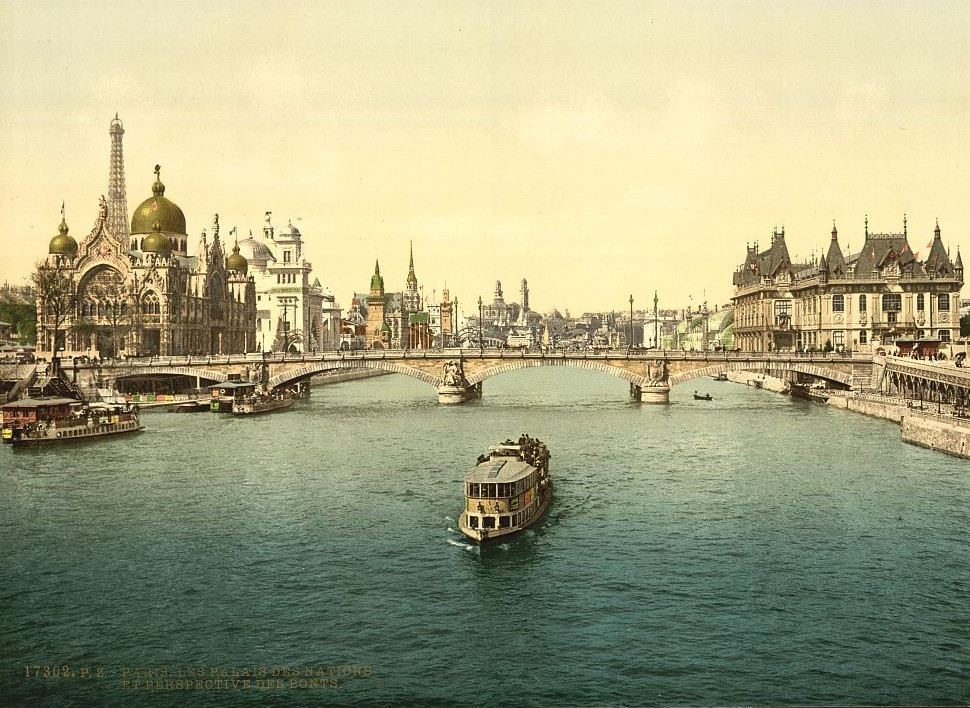
So Mercedes’ Paris was a different creature, but one that can still be visualized if not completely captured. It requires a little detective work and some imagination, but there it lies for the curious mind. Other things in Paris have never changed; the Seine still wraps itself through the city, the aristocratic Faubourg Saint-Germain and Saint-Honoré still remain fashionable and expensive. People still flock to Paris and are charmed by its beauty and grace, much as the musical and artistic world came in the 1820s and 1830s. Their fascination with the city and the opportunities it offered helped make Paris the center of creative activity, with Mercedes firmly at its heart.
How exciting! I read Mercedes’ La Habana many years ago and loved it, can’t wait to start reading yours. I Ordered the book but regretfully won’t be in Miami for your presentation, we’ll be in London. Sent the information to my book club friends. Best of luck!
Lourdes, Thank you so much for ordering the book and sharing the information with your book club! I am sorry you will miss the Miami event — but London is a great city!
I might be back for some things in either November or December. If so, I will let you know — would love to sign your copy! I really hope that you enjoy reading it!